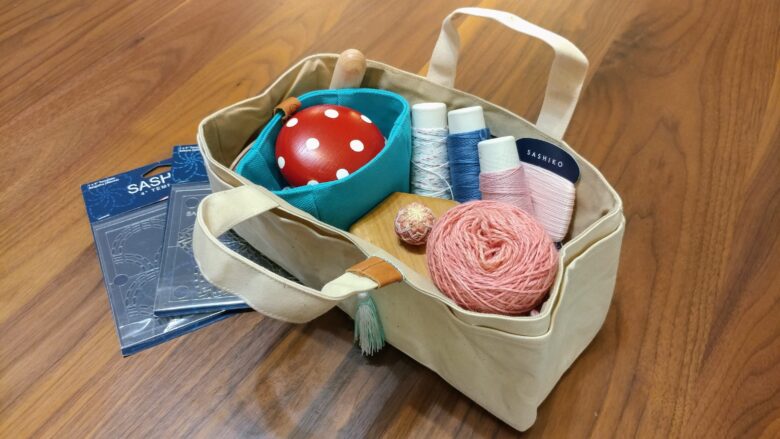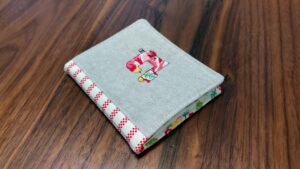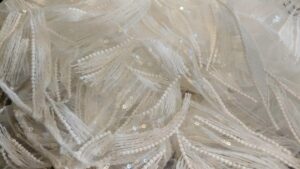I’ve been mending a lot of clothes and costumes lately, and thought it might be nice to share my mending kit with you and where I learned some simple techniques to fix my clothes. Mending (and visible mending) can be an easy way to get into sewing, as you are repairing a full garment and not trying to create something out of whole cloth. I also find that by transforming a garment through mending, you make it into something more personal to the garment’s owner, and in doing so create something that is more than what it was before. In this post I’ll show you the tools I usually use when mending my garments, and look out for some examples in upcoming posts!
Reference Guides
I have two main references when it comes to visibly mending clothes. I highly recommend both books for techniques and inspiration.
- Visible Mending: A Modern Guide to Darning, Stitching and Patching the Clothes You Love – by Arounna Khounnoraj
- Darning: Repair Make Mend – by Hikaru Noguchi
Mending Basket

Let me show you what I have in my mending basket:
- Various Darning Tools (Darning Mushroom, Mouse and Stick)
- Yarns and Threads
- Sewing Box
- Stencils (Optional)
Other things not pictured:
- Patches (various scraps of fabric)
- Fusible interfacing and/or fusible web (typically used for applique)
Mending Basket – Darning Tools
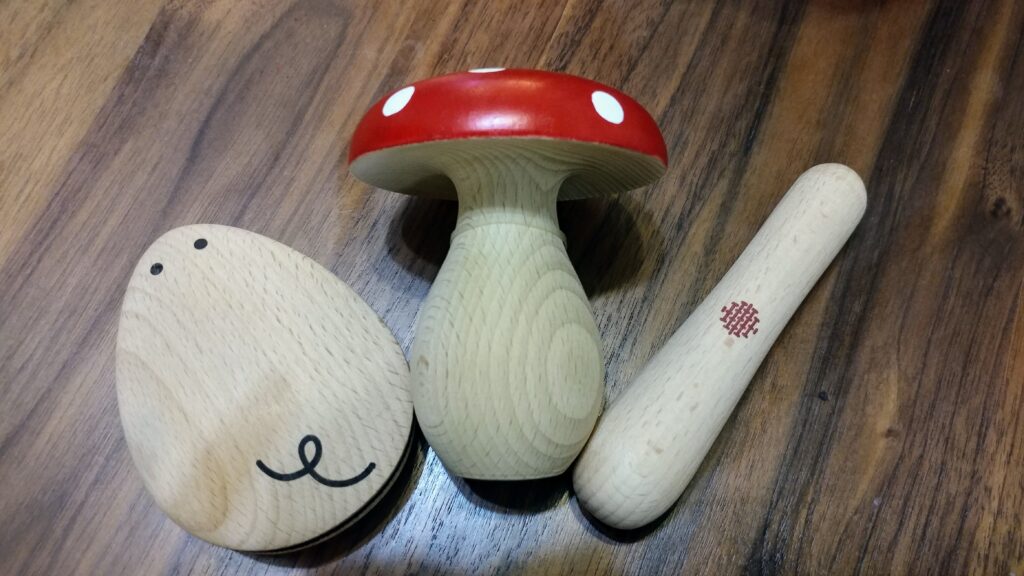
I have these three darning tools, which all serve a purpose in their different shape. These are made by Hikaru Noguchi and I find them to be really charming as well as useful. You can get them from the maker’s shop in Japan, Loop Knitting in the UK, or Brooklyn Haberdashery in the US.
The most common shape you will see is a darning egg or mushroom. You can often find them for very cheap at antique stores as well as online. I really like the one Hikaru makes because it fits very nicely in the hand, has a flat bottom to rest on a table, and the painted top is absolutely adorable!
The two other tools I have came in a kit which can be hard to locate. You can get it from Brooklyn Haberdashery which has reliable stock, but sometimes you can find it on Etsy for less. The kit comes with everything you need to start mending, and includes a booklet in Japanese with inspirational projects and easy to follow pictures. The darning mouse is meant to be used for pockets and other small areas where it’s not feasible to use a darning mushroom, and the darning stick is used for even smaller spaces like fingered gloves.
Mending Basket – Yarns and Threads
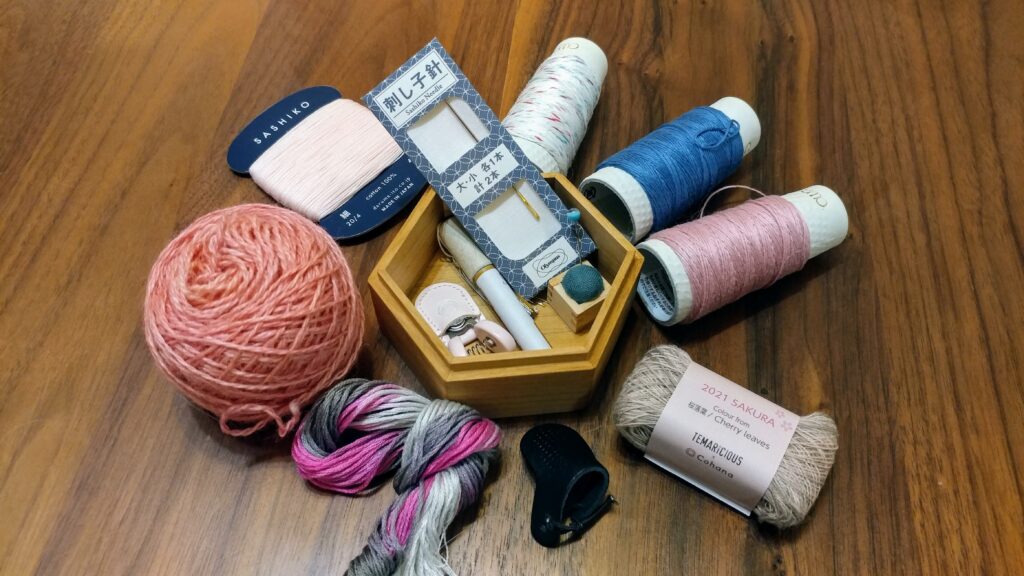
You can use just about any thread or yarn for mending. Here I have a small collection of different sashiko threads, some lace weight yarn, and hand-dyed embroidery floss. Feel free to raid your yarn stash and embroidery supplies for interesting threads! I also have a small box with other sewing supplies like needles, my sashiko thimble, and thread snips. You can also use your hand sewing kit in place of this.
Mending Basket – Other Supplies
Other supplies I have for mending garments are some sashiko stencils, scraps of fabric for patches, soft knit fusible interfacing, and fusible web. The sashiko stencils are used to mark a sashiko design before stitching. These are completely optional, but I find they make it a little easier for more complicated designs. I keep a small collection of scraps to use as patches or reinforcement material. If you don’t have your own scraps you can buy scrap packs from different suppliers online or a 5″ charm pack from a quilting store. I like to use fusible interfacing for mending knits like yoga clothes or even leather jackets, and fusible web is really helpful for making patches and providing a little extra support for an area under stress.
Conclusion
I hope this post has inspired you to start mending your clothes! Do you keep something I haven’t listed in your mending kit? I would love to know – please leave a comment below! Keep an eye out for other upcoming posts on mending!
